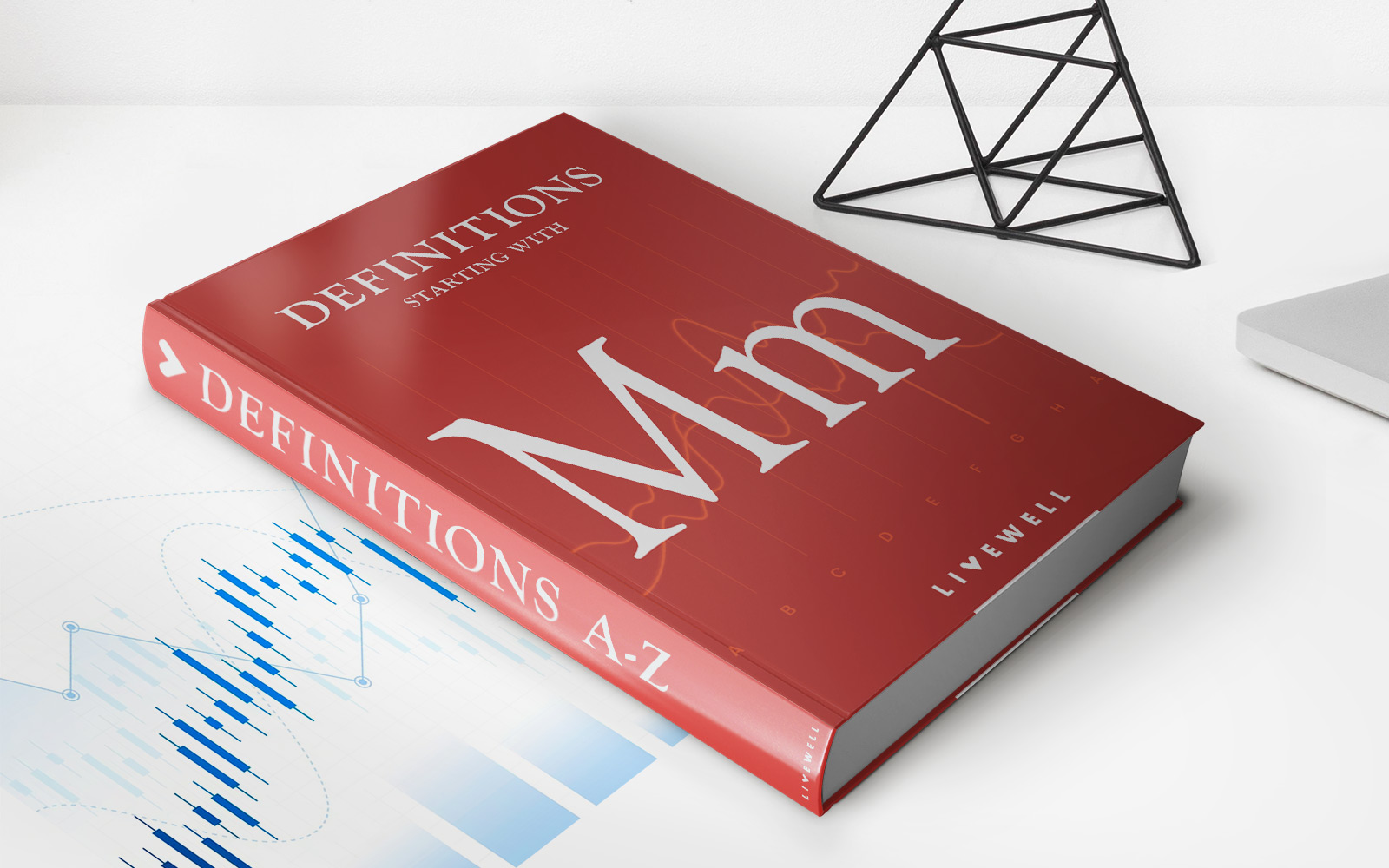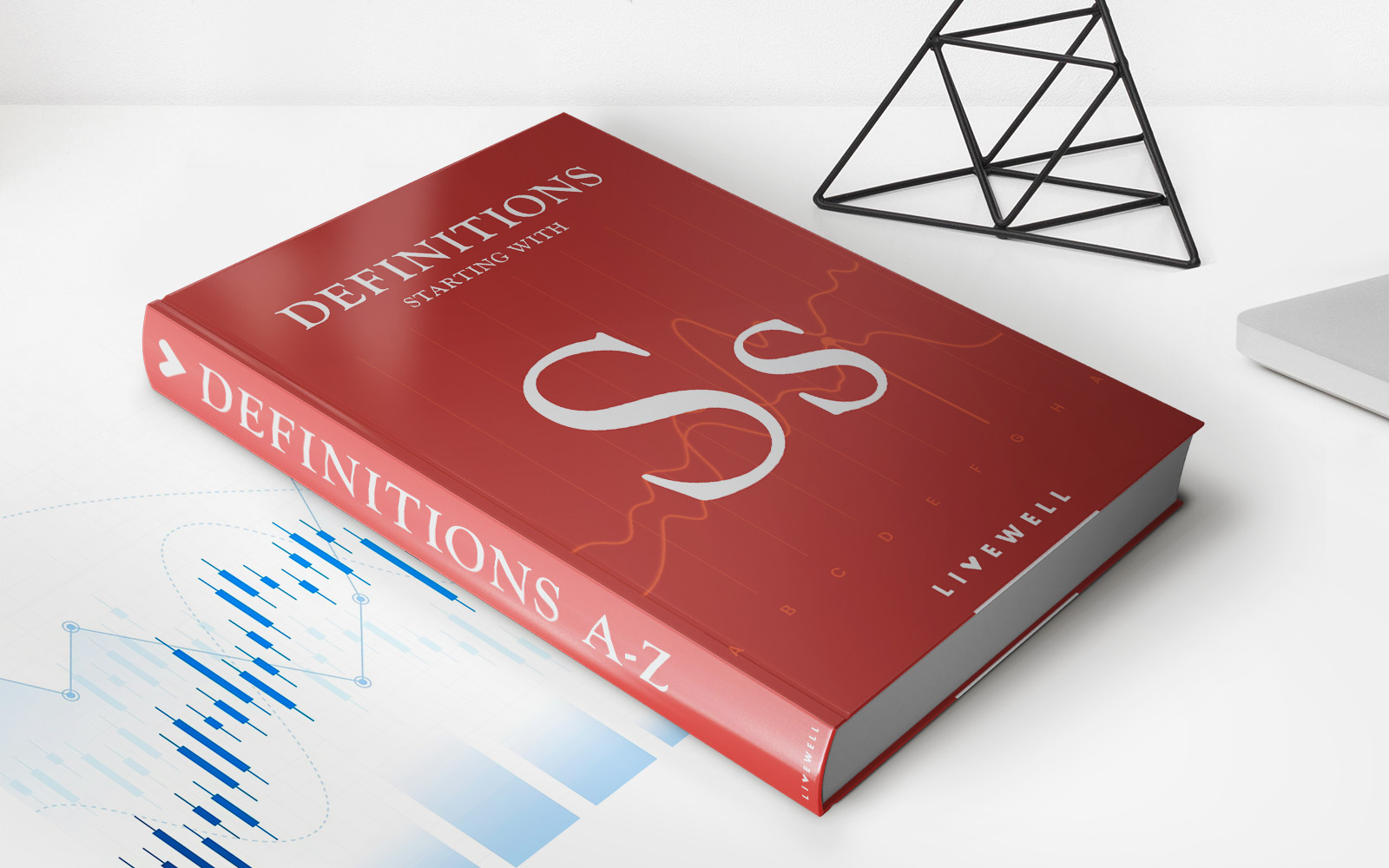Home>Finance>What Is A Minsky Moment? Definition, Causes, History, And Examples


Finance
What Is A Minsky Moment? Definition, Causes, History, And Examples
Published: December 25, 2023
Learn about the concept of a Minsky Moment in finance, including its definition, causes, history, and examples. Gain valuable insights into this economic phenomenon.
(Many of the links in this article redirect to a specific reviewed product. Your purchase of these products through affiliate links helps to generate commission for LiveWell, at no extra cost. Learn more)
Understanding a Minsky Moment in Finance: Definition, Causes, History, and Examples
Have you ever heard of a Minsky Moment? If you’re interested in finance, economics, or just curious about significant events that shape our global financial system, then this term might sound familiar to you. In this article, we will delve into the concept of a Minsky Moment, providing a clear definition, exploring its causes and historical context, and highlighting some notable examples. So, let’s get started!
Key Takeaways:
- A Minsky Moment refers to a sudden collapse in asset prices that occurs after a prolonged period of speculative borrowing and overinvestment.
- This phenomenon is named after economist Hyman Minsky, who believed that stability and prosperity in the markets can lead to excessive risk-taking and, ultimately, a financial crisis.
Defining a Minsky Moment
A Minsky Moment is an economic term coined by economist Hyman Minsky, known for his research on financial instability. It refers to a critical point in the economy when excessive optimism and financial speculation, fueled by a long period of stability, suddenly morph into a financial crisis. This crisis is triggered by a sudden collapse in asset prices, potentially leading to widespread panic, market turmoil, and economic downturns.
Minsky observed that during periods of stability and economic growth, investors tend to become increasingly optimistic and take on more and more risk. This behavior leads to higher borrowing, increased leverage, and excessive investment in assets, such as stocks, real estate, or commodities. However, as the economy reaches its peak and the risks accumulate, even a small shock can initiate a downward spiral, ultimately triggering the Minsky Moment.
Causes of a Minsky Moment
A Minsky Moment is typically caused by a combination of factors that create a precarious situation in the financial markets. Some key elements that can contribute to its occurrence include:
- Easy Credit Conditions: When lending standards become lax and credit is readily available, investors and businesses can borrow excessively, leading to the accumulation of debt.
- Speculative Behavior: During periods of economic stability, individuals and institutions may develop a sense of complacency and engage in speculative activities, such as overvaluing assets or taking on high-risk investments.
- Rising Asset Prices: Prolonged periods of economic growth often result in inflated asset prices, increasing the potential for a significant downturn when market sentiment shifts.
- Excessive Leverage: When investors borrow heavily to finance their investments, an increase in interest rates or a decline in asset values can lead to financial distress and trigger a Minsky Moment.
Historical Context and Examples
The concept of a Minsky Moment gained prominence following major financial crises in history. One notable instance was the Global Financial Crisis of 2007-2008, where the collapse of the subprime mortgage market in the United States caused a domino effect that reverberated throughout the global economy. During the preceding years, easily accessible credit, speculative behavior, and a housing price bubble set the stage for this crisis.
Other examples of Minsky Moments include the Dotcom Bubble in the late 1990s and the Asian Financial Crisis in 1997. In both cases, excessive optimism, overinvestment in technology stocks, and fragile financial systems led to sudden market collapses and economic turmoil.
In Conclusion
A Minsky Moment represents a critical juncture in the financial markets, characterized by a sudden collapse in asset prices after a period of speculative borrowing and overinvestment. Understanding the causes and historical examples of this phenomenon can provide valuable insights into the potential risks and vulnerabilities within our global financial system. By recognizing these warning signs, policymakers, investors, and individuals can take proactive measures to mitigate the negative impacts of future Minsky Moments.
-
Key Takeaways:
- A Minsky Moment refers to a sudden collapse in asset prices that occurs after a prolonged period of speculative borrowing and overinvestment.
- This phenomenon is named after economist Hyman Minsky, who believed that stability and prosperity in the markets can lead to excessive risk-taking and, ultimately, a financial crisis.




